
What Jackie Chan and Yuen Woo-ping’s stunt teams brought to the martial arts icons’ classic movies
- Yuen Woo-ping, who choreographed films such as Drunken Master, could call on the complementary martial arts skills of his five brothers
- Jackie Chan realised that a team which trained and developed stunts together would be more efficient, safety-conscious and creative on set
The late 1970s and the 1980s saw the foundation of stunt teams such as the Jackie Chan Stuntmen Association, the Sammo Hung Team, and the Yuen Clan.
“We were really competing against each other,” Mars, a long-time member of Chan’s troupe, told the Hong Kong Film Archive.
Below, we recall the history of the Yuen Clan and the Jackie Chan Stuntmen Association.
The Yuen Clan
Transsexual theme and bravura fight scenes made Swordsman II a hit
Yuen Woo-ping made his name as a movie director when he started the kung fu comedy craze with Drunken Master in 1978. Before that, he was a well-known stuntman and martial arts choreographer – he choreographed his first film, The Mad Killer, in 1971 with Yuen Cheung-yan – and he continued to work as a choreographer while directing.
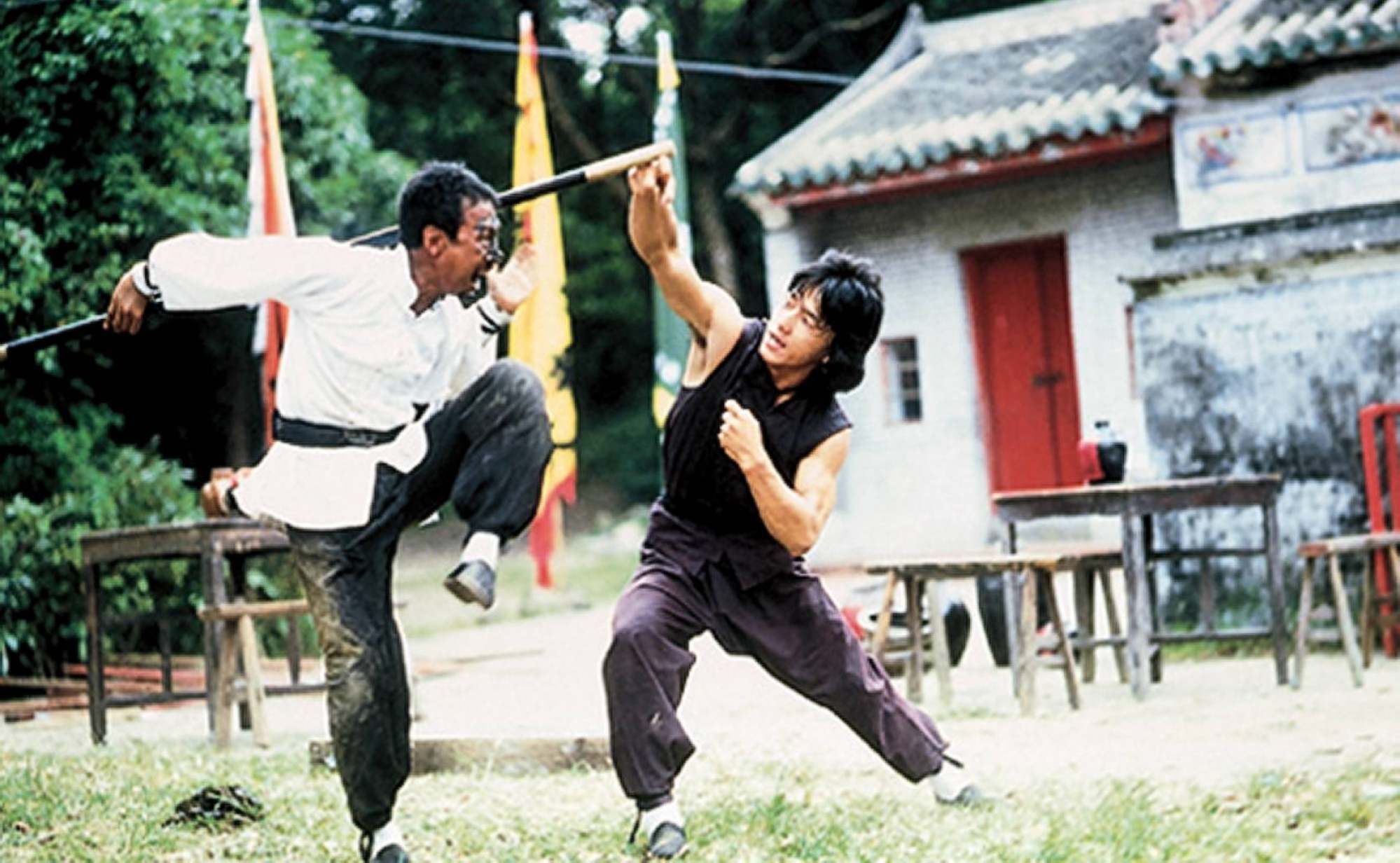
Yuen came to martial arts through his father, who was born in 1912 and started training in Beijing Opera at the age of six; he also learned Northern martial arts styles. His opera work became well-known in Beijing and Shanghai, and he made his film debut fighting in and choreographing the 13-part Northeast Hero in 1928.
A Cantonese opera producer brought him to Hong Kong to show his skills to performers of that opera genre, which does not have fight scenes.
Other people’s kung fu films were just violence and power, so I wanted to do something different
“We learned movie language, camera positions, character and personality, and the chemistry between the two people in terms of the fighting styles. That can’t be taught, you have to learn by watching it,” Yuen told Roger Garcia and Martha Burr in Out of the Shadows.
Woo-ping and his brothers had started learning martial arts from their father at around age 11. “My father taught us somersaults and fighting for stage and film. He also taught us how to fight,” Yuen said in a video interview.
“At that time, I started appearing in Beijing Operas, although I occasionally did film as well, if that was where the work was. Sometimes a drama group would be looking for fighters, so we would go and do our somersaults. I rarely did films back then, but if they were looking for fighters, I would step in and help out,” he said.
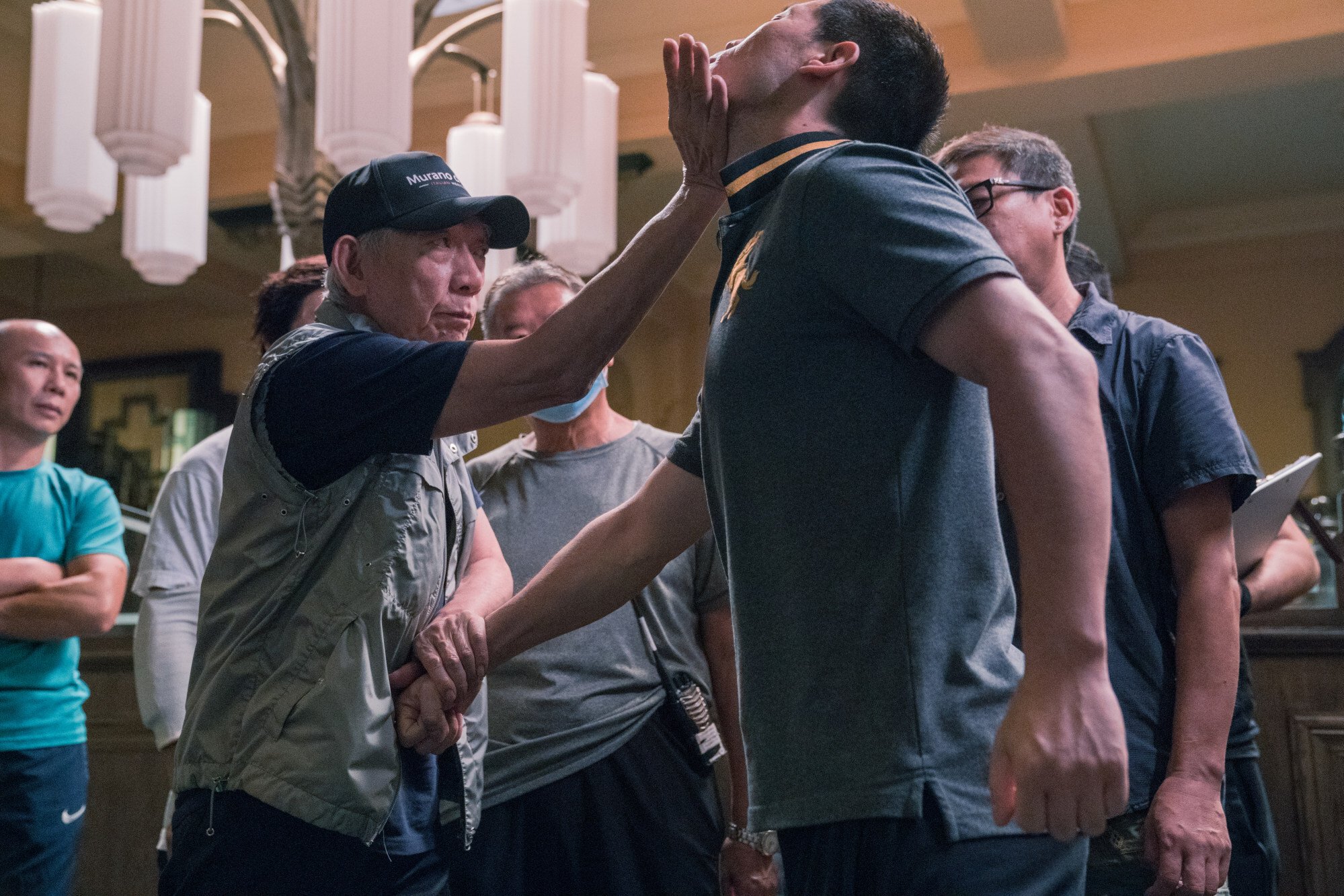
Although it was never a formal arrangement, Woo-ping says that his father was the first to form a kind of martial arts team, in the sense that he would bring martial artists together for a shoot and coordinate them.
“I know my brothers’ skills very well and sometimes I will gather them to work together. Some of them are good at fight design, some are better on camera, and some are better stunt fighters. I make up a team. [Brother] number four is a good boxer, number three is a good choreographer, numbers 4, 5, 6 are good fighters and good stunt people,” he told Garcia and Burr.

Although Woo-ping is known for his wirework and acrobatics, he says that he learned from the Wong Fei-hung films that martial arts scenes must have their basis in real fighting to have any impact.
“Other people’s kung fu films were just violence and power, so I wanted to do something different,” he told this writer in 2019.
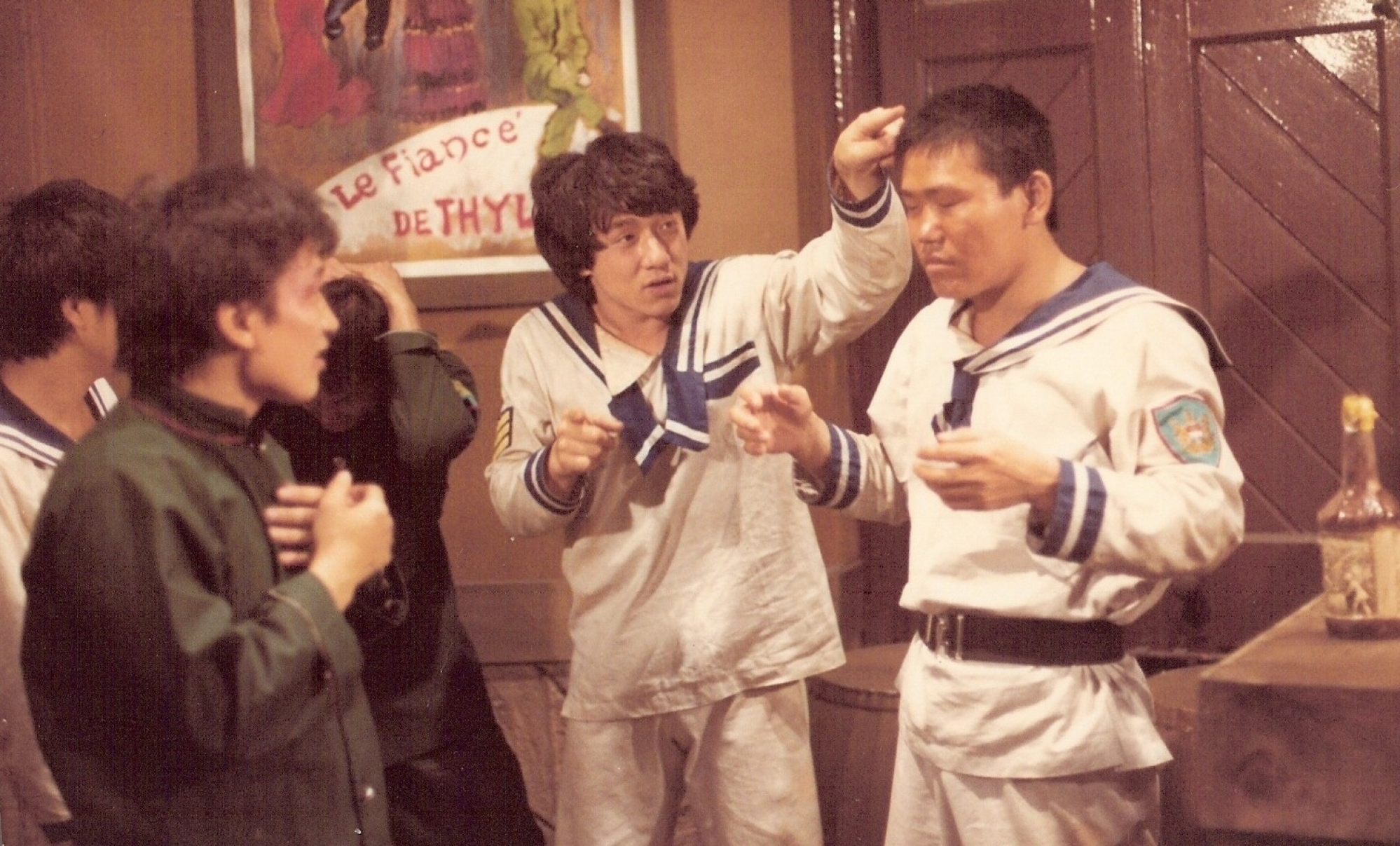
The Jackie Chan Stuntmen Association
The team, which is now in its 42nd year, began with five members, and has grown to as many as 17 at times. The team has worked with Chan on many of his classics, including Police Story and Project A. Notable past members include Mars, Lee Kin-sang, and Chow Yun-king, all of whom went on to become martial arts choreographers in their own right.
“Jackie’s demands on every film are high,” said founder member Benny Tai, who graduated to an acting role in Chan’s Police Story. “He demands a lot from every actor and every stuntman, from everyone involved in a fight scene. We would do around seven or eight takes and then start again. It’s hard work, because he demands so much.”
Chan generally comes up with the idea for an action scene and shows the moves to the team. The team all have their own specific skills, and know the strengths of their colleagues, which makes the process more efficient.
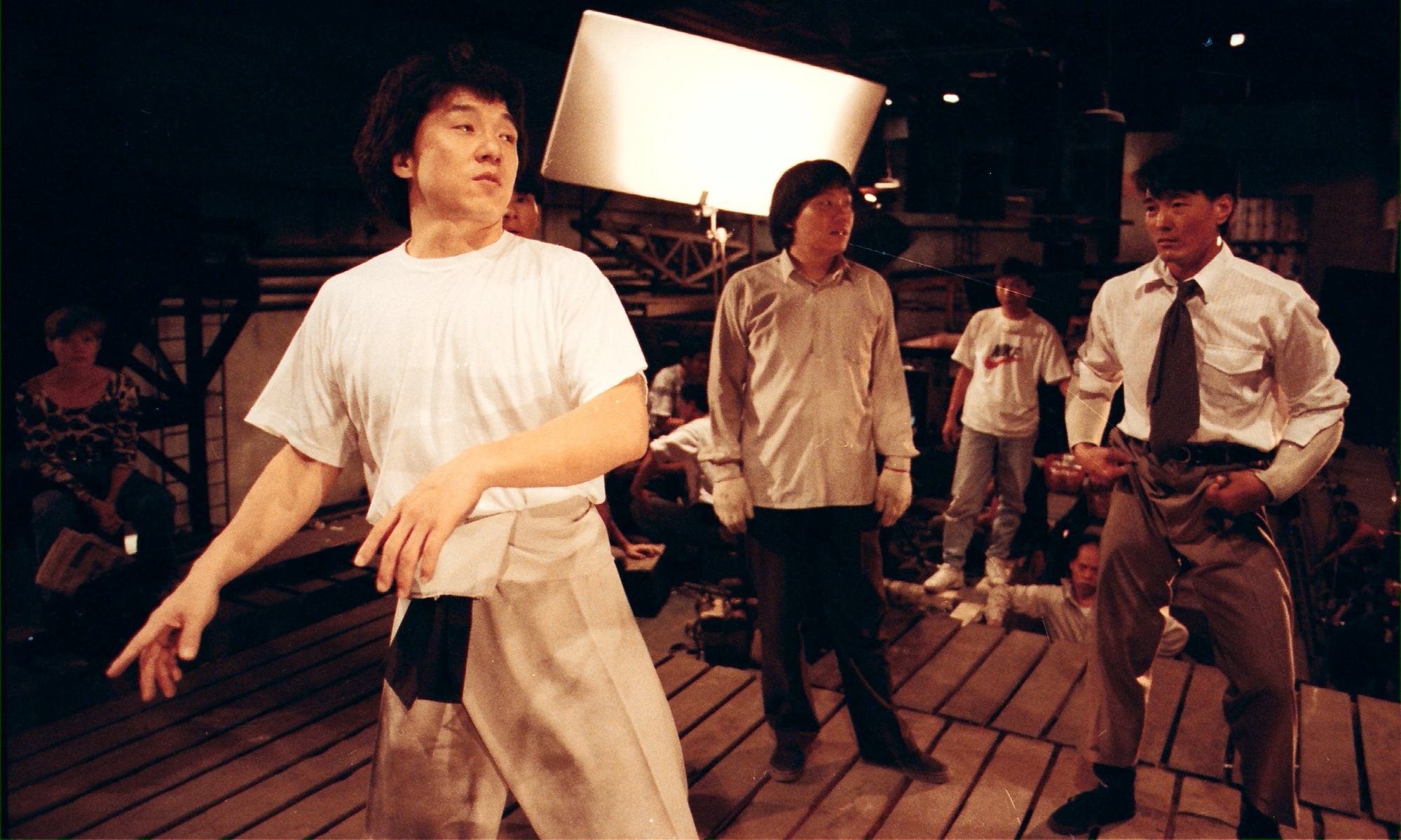
The team train together every day, making sure they are physically fit, and they have developed their own “ABC” of stunts. New members are trained by the existing members, and then given the chance to do a stunt. If it seems like they will fail, an existing team member steps in.
Everyone has a unique skill set. “I don’t do the full range of stunts,” said Tai, who specialises in taekwondo. “There are many different stunts that need to be done – high falls, driving a car, driving a speedboat. I specialise in high falls, jumping off tall buildings, or jumping through glass.”
The work can be dangerous, and sometime ambulances would be on set in case of accidents. One of the reasons for the foundation of the team was that Chan felt that fewer accidents would occur if the team were used to working with each other, and knew each other’s strengths and weaknesses.
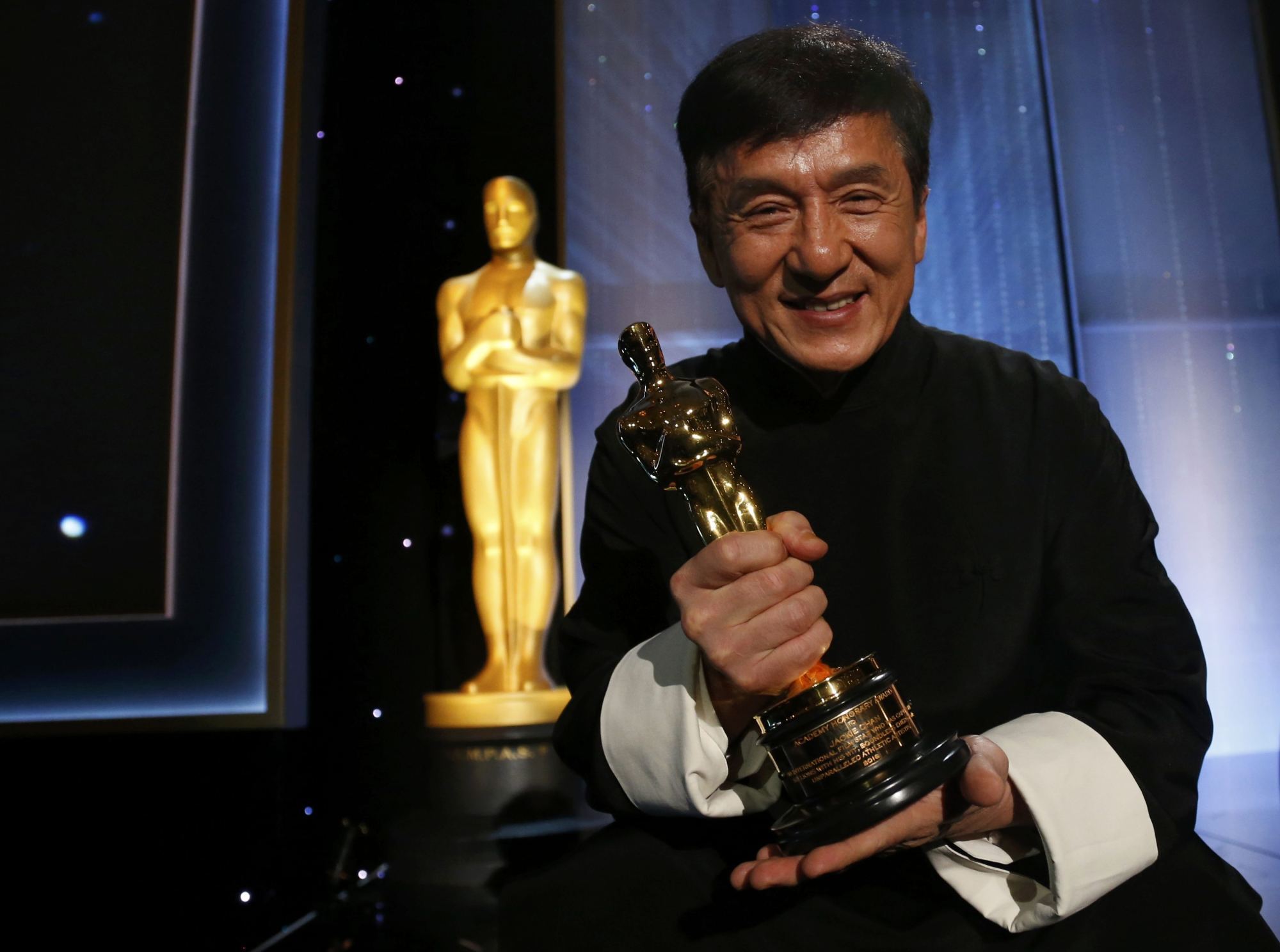
Chan does not like to get hit, and has taught the team members how to blend with his styles of fighting.
“For 40 years they risked their lives for me,” Chan said at a TV event to mark the team’s 40th anniversary. “Although an Oscar for lifetime achievement was given to me, I would like to share it with them.”
In this regular feature series on the best of Hong Kong martial arts cinema, we examine the legacy of classic films, re-evaluate the careers of its greatest stars, and revisit some of the lesser-known aspects of the beloved genre. Read our comprehensive explainer here.
Want more articles like this? Follow SCMP Film on Facebook
